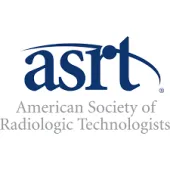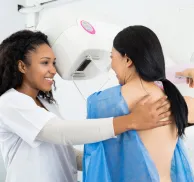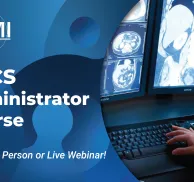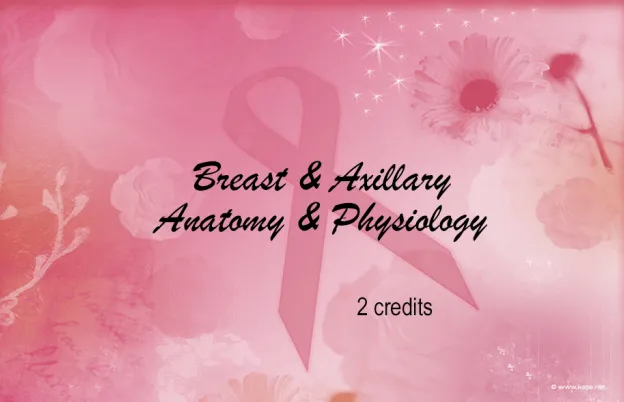
Mammography Ergonomics On-Demand - Solis
Credits
- 1.5 ASRT Category A
About this Program
One of the biggest workplace challenges for mammographers is protecting their own musculoskeletal system from injuries during patient positioning. Using the ergonomic tools and body mechanic techniques taught in this course, you can learn to protect yourself from workplace injuries. Modern mammography equipment is designed with features to reduce mammographer strain. Learn to take advantage of the equipment features of different machines. You’ll also benefit from learning shoulder, neck and back stretches and core exercises to help prevent injury and relieve pain. These exercises and stretches are designed for mammographers and beneficial for all technologists.
Agenda:
- Introduction to Ergonomics
- Understanding ergonomics and how it relates to health care
- Understanding proper body mechanics
- Ways your mammography unit can help you achieve better ergonomics.
- Button locations
- Multi-functionality foot pedals
- Tube tilt options
- Sliding face shields
- Memory/homing buttons
- Best and worst positioning moves for the technologist body during the CC and MLO views.
- The better choice for hand placement.
- Flowing with your patient from one move to the next.
- Remembering to squat, lunge or sit during the MLO view.
- Feeling your way through some positioning, rather than seeing your way through.
- Positioning difficult patients using proper body mechanics
- Maximizing your overall health
- Overview of recommended shoulder, neck and back stretches for daily use.
- Shoulder, back and core exercise one can do to maintain pain free
- Ergonomic Tips for a lasting career in mammography
- Summary and Questions
Educational Objectives
Upon completion of this program, participants will be able to
- Understand the importance of getting to know all the features your mammography machine offers for good body mechanics.
- Understand the best positioning practices for good ergonomics and how to avoid the worst positioning practices.
- Describe shoulder, neck and back stretches a technologist can do daily to prevent pain.
- Demonstrate shoulder, back and core exercises known for maintaining strength and preventing injury.
Program Faculty
Meet your presenter(s)
Credits
Accredited training programs

ASRT Category A
This program provides 1.5 hour(s) of Category A continuing education credit for radiologic technologists approved by ASRT and recognized by the ARRT® and various licensure states. Category A credit is also recognized for CE credit in Canada. You must attend the entire program to receive your certificate of completion.













